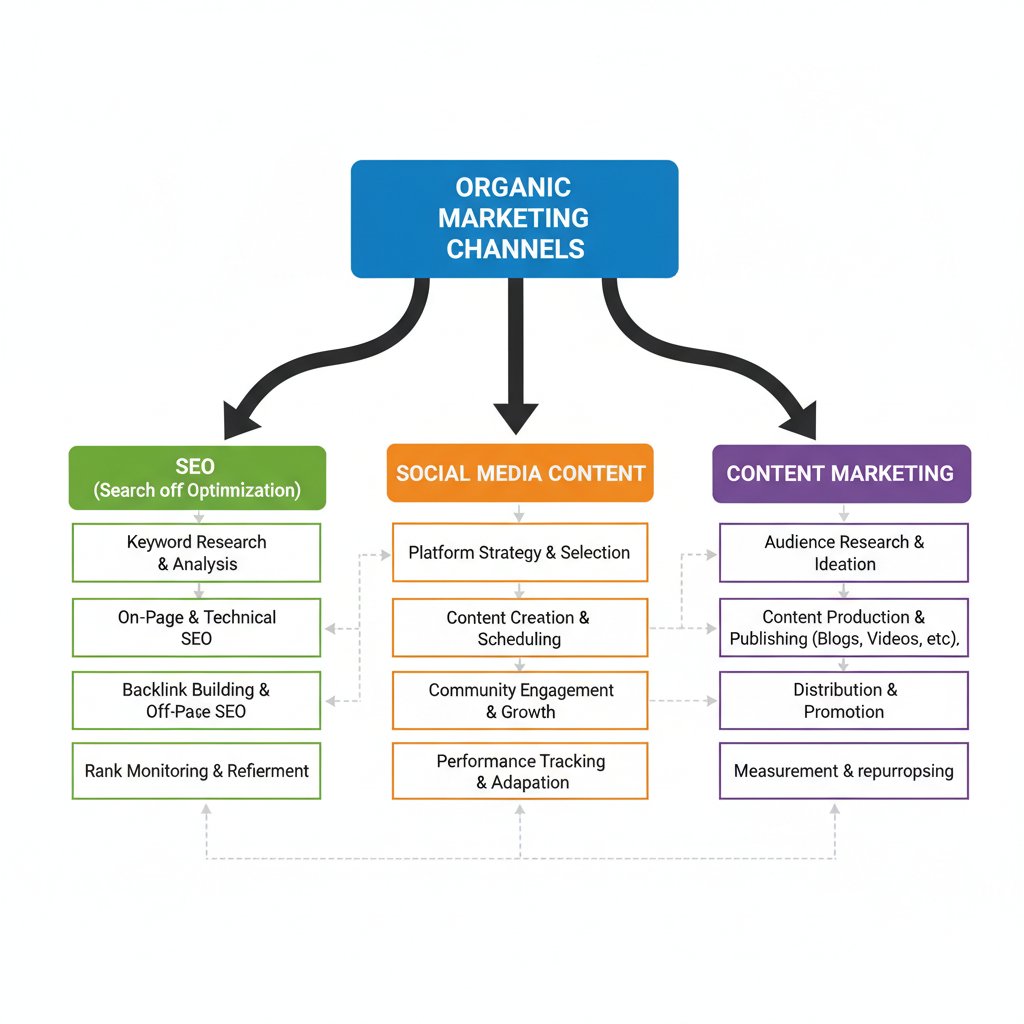Most Active Time on Facebook for Higher Engagement
Learn how to identify Facebook's most active times using audience data, time zone analysis, and engagement trends to boost post visibility.

Optimizing Your Facebook Posting Schedule for Maximum Engagement
If you want higher reach, more clicks, and better engagement on Facebook, you need to post at the most active time on Facebook for your audience. Facebook’s algorithm loves fresh, relevant content, and timing plays a vital role in whether your posts appear at the top of the feed. In this guide, we’ll cover how to identify active windows, analyze your audience’s habits, and create a schedule that delivers consistent results.

---
Understanding How Facebook’s Algorithm Prioritizes Active Times
Facebook’s algorithm determines which posts surface in user feeds based on relevance and engagement signals. A key factor? Timing.
When you publish during peak active times, your content has a greater chance of getting immediate interaction, which can boost its visibility via the algorithm.
The algorithm favors fresh content supported by rapid engagement — likes, comments, shares — soon after publishing. Posting when your followers are online increases the likelihood your post will rank higher for them, leading to enhanced reach and stronger connections.
---
Analyzing Global vs. Local Audience Time Zones
Identifying your audience’s location is essential for finding the most active posting periods. Differences in time zones can drastically affect visibility.
For global audiences:
- Use demographic analytics to pinpoint primary countries or regions.
- Align scheduling with overlapping peak hours in the most engaged regions.
- Experiment with varied time slots to meet diverse needs.
For local audiences:
- Match schedules to the domestic time zone.
- Factor in lifestyle norms such as lunch breaks, commuting gaps, and evening relaxation times.
Segmenting followers by location avoids low-performing off-hour posting.
---
Using Facebook Insights to Track Audience Activity Patterns
Facebook Insights is your data source for discovering when fans are most active.
Steps to find peak activity times:
- Open your Facebook Page.
- Navigate to Insights in the menu.
- Click Posts.
- View the “When Your Fans are Online” chart.

Look for:
- Daily peaks — consistent high-activity hours.
- Weekly variations — shifts in audience activity between days.
Recognizing these patterns lets you post strategically to maximize visibility.
---
Differentiating Between Weekday and Weekend Engagement Trends
User behavior often changes from weekday to weekend.
Common trends:
- Weekdays: Engagement rises during lunch breaks (12–1 PM) and post-work hours (7–9 PM).
- Weekends: Mornings (9–11 AM) and mid-afternoon leisure scrolling (around 2 PM) can be strong performers.
Average performance example:
| Day | Average Engagement Rate | Peak Hour |
|---|---|---|
| Monday | 5.3% | 7 PM |
| Wednesday | 6.0% | 8 PM |
| Friday | 7.2% | 9 PM |
| Saturday | 6.8% | 10 AM |
| Sunday | 5.9% | 2 PM |
Tracking these patterns helps you tailor your posting schedule for each day.
---
Testing Peak Hours vs. Off-Peak Hours
A/B testing can validate your timing assumptions:
- Peak-hour posts: Publish when Insights reports most users online.
- Off-peak posts: Target hours with fewer active users.
Compare reach, engagement rate, and CTR. Sometimes, off-peak content can do well if there’s less competition.
---
Considering Content Type and Timing Impact
Different content formats respond differently to timing:
- Videos — sustain engagement longer; ideal for prime hours.
- Images — deliver quick bursts; post during short active peaks.
- Links — best when audiences have time to read, often mornings/evenings.
- Stories — highly ephemeral; post at high activity windows.
Matching format to timing ensures early engagement, which boosts algorithmic distribution.
---
Accounting for Seasonal Changes and Special Events
Activity patterns can vary by season:
- Holiday seasons: Higher daytime engagement during shopping hours.
- Summer: Evening peaks may shift to later times.
- Major events: Sports finals or cultural events can disrupt typical patterns.
Adjust schedules to capitalize on temporary attention surges.

---
Batch Content Creation and Efficient Scheduling
Batching and scheduling content streamline your workflow:
- Plan posts for a month, aligned to peak activity.
- Prepare media and captions in advance.
Schedule via:
- Native Facebook tools in Publishing Options.
- Third-party apps like Buffer or Hootsuite for cross-platform efficiency.
Automation ensures consistent posting during the most active time without daily intervention.
---
Tracking Engagement Metrics
Refine timing with these metrics:
- Likes: Content appeal.
- Comments: Deeper engagement.
- Shares: Organic reach expansion.
- CTR: Link performance.
Example adjustments:
- Morning spikes in CTR suggest link-heavy morning posts.
- Night-time share peaks mean posting viral or emotional content later in the day.
---
Refining Your Posting Schedule Quarterly
Every three months:
- Review Insights for changes in activity.
- Compare data with past trends.
- Revise schedule as needed.
This iterative approach keeps your timing relevant and responsive to shifts in audience behavior and algorithm preferences.
---
Integrating All Steps: Sample Workflow
1. Review Facebook Insights to find top active hours.
2. Segment audience by time zone.
3. Map weekday vs. weekend peaks.
4. Assign content types (video, image, link) to time slots.
5. Batch create a month’s posts.
6. Schedule via native or third-party tools.
7. Track key engagement metrics weekly.
8. Adjust every quarter based on results.This workflow blends data analysis, audience segmentation, and strategic content planning for consistent reach.
---
Summary & Next Steps
Timing your posts to match the most active time on Facebook elevates your visibility and engagement.
By analyzing Insights, differentiating weekdays vs. weekends, matching content types to activity peaks, and refining quarterly, you’ll maximize your page’s potential.
Start reviewing your data today, create a tailored schedule, and watch your Facebook engagement climb.
Want to grow faster? Begin testing your peak times this week for immediate results.




